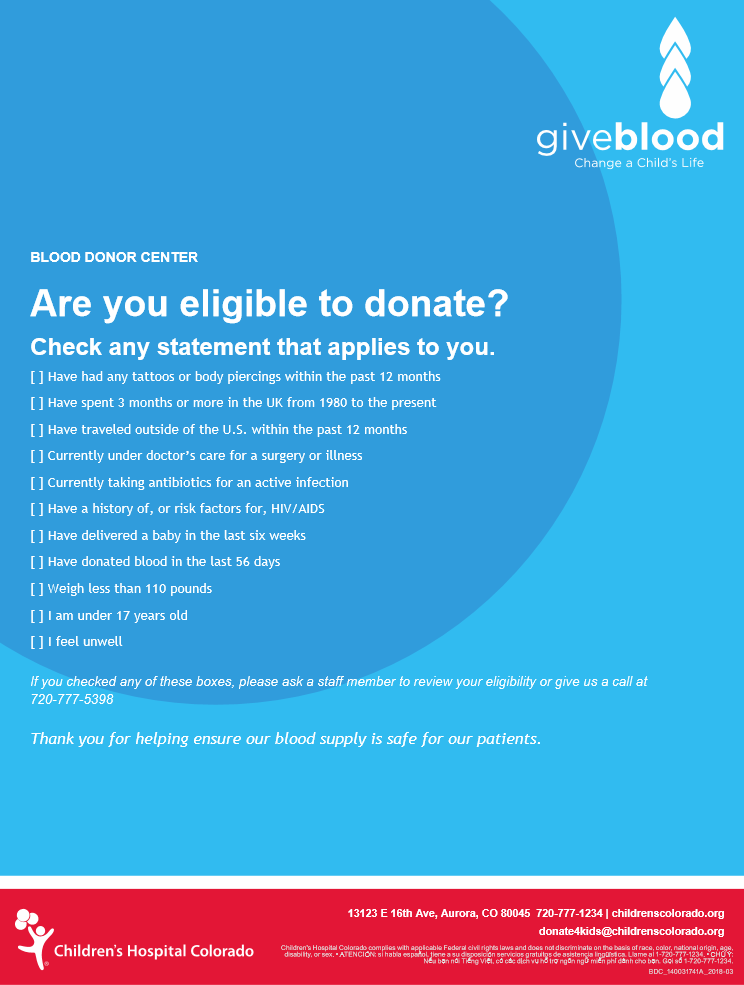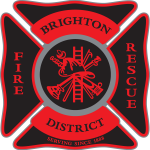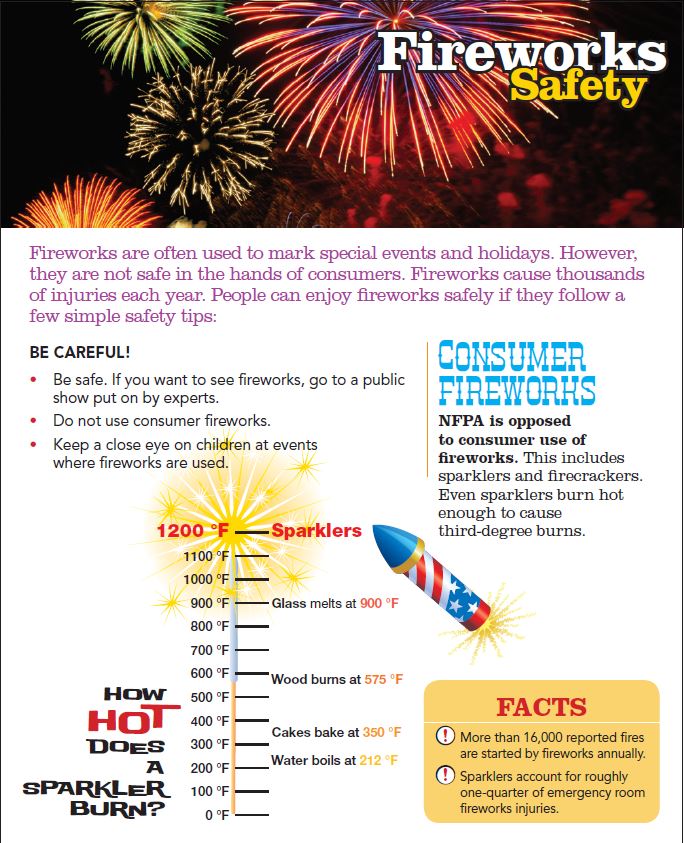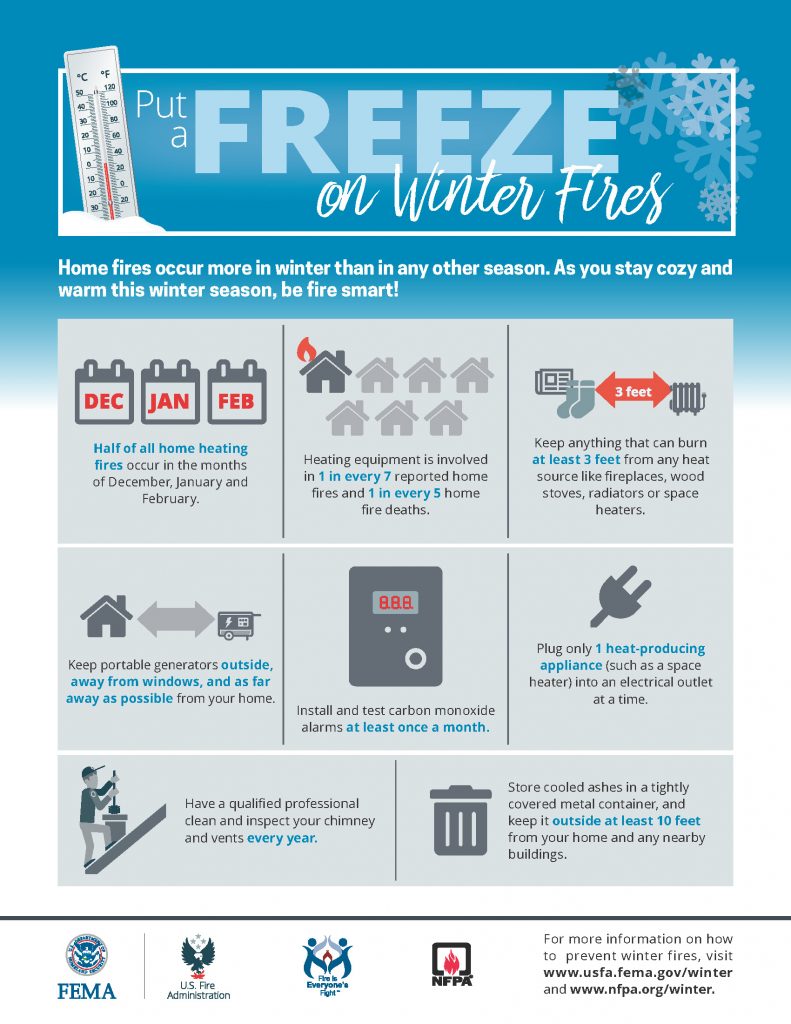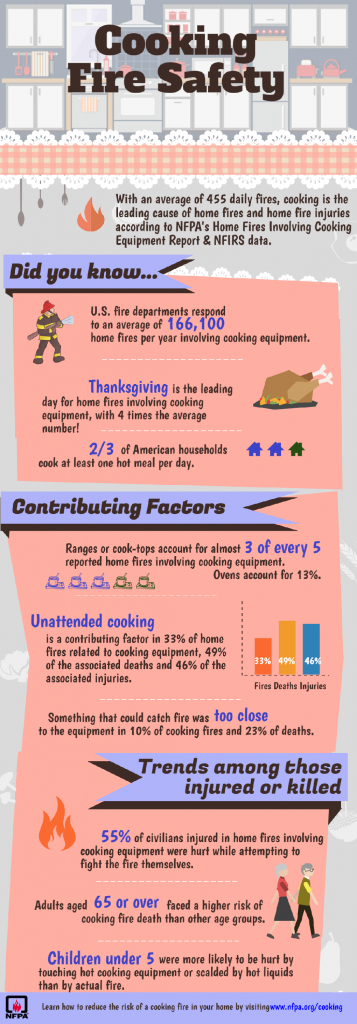Here are the 2020 dates for the Children’s Hospital Colorado Mobile Blood Drive at Brighton Fire Station 55:
Friday, February 14th – 8:30 a.m. – 12:15 p.m.
Thursday, June 18th – 8:30 a.m. – 12:15 p.m.
Friday, August 7th – 8:30 a.m. – 12:15 p.m.
Sign up sheets will be made available here one month before each blood drive. Donors are required to sign up before the event.
The need for blood donors grows every day so your donation can make a big difference. There are plenty of available appointments if you would be interested in donating, please click the sign up link below. The process takes about 30 to 45 minutes total, from arrival, paperwork, a brief interview to the actual blood draw.
Remember to have something to eat and hydrate beforehand, we will have snacks available after your donation! Donors will need to bring their government issued ID’s (passport or driver’s ID) to each donation. Pleaseknow that 30 minutes of your time could mean a lifetime to a child in need!
You may be eligible to donate blood if you:
- Are in good health
- Have not donated blood in the last 56 days
- Are symptom free of a cold or flu
- Are at least 18 years of age, or 17 with written parental consent
- Weigh at least 110 pounds
- Have not delivered a baby in the last six weeks
- Have no history of, or risk factors for, HIV/AIDS
- Have not had any tattoos or body piercings within the last year
- Have not traveled to a malaria risk area within the last year
- Have not spent 3 months or more in the UK from 1980 to present
- Answer a series of medical history/lifestyle questions which determine eligibility
- Please remember to bring your Government Issued ID (driver’s license or passport) to each donation.
- For any questions, call 720-777-5398 or email donate4kids@childrenscolorado.org
The Gift of Blood is the Gift of Life. Thank you.
